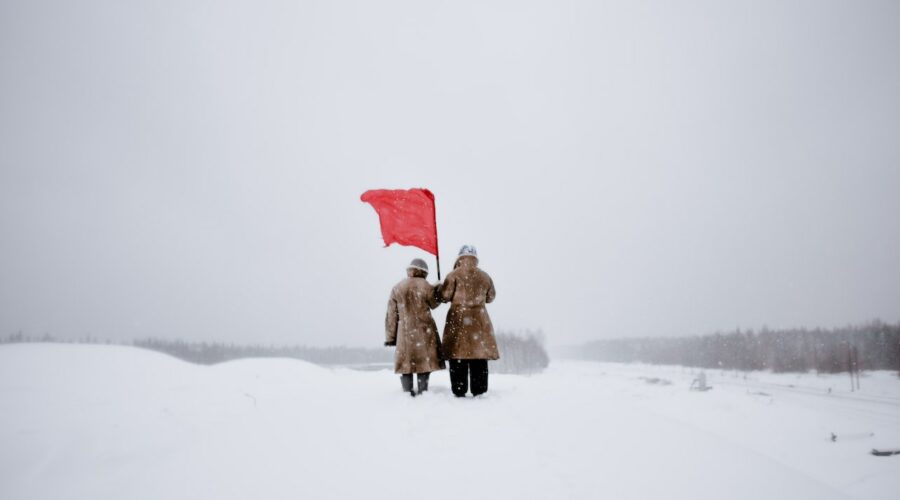When comparing the situation in Belarus today to the revolutions of 1989, we have to note that each country experienced a different revolution. Estonians, Latvians and Lithuanians in the Baltics were trying to reverse the fifty-year long annexation of their nations since the Nazi Soviet Pact of 1939. The Baltic protest movement also saw an emphasis on salvaging national cultures – particularly language. Poland’s revolution was the result of a more long-term protest movement that began in the shipyards of Gdansk in the early 1980s under the helm of Lech Walesa. Romania saw the violent overthrow of the maverick megalomaniac dictator Nicolae Ceausescu.
What we are seeing in Belarus is a combination of all three. The protest movement is fundamentally against a long-serving authoritarian dictator whose foreign policy modus operandi is to play east off west, like Ceausescu. As in Poland, the Belarusian protest movement is spearheaded by striking workers. Finally, there is an element of the movement that campaigns for the revival of Belarusian national customs in favour of the more ‘Russified’ and ‘Sovietised’ ones pushed by the incumbent system. Opposition leader Svetlana Tikhanovskaya seems to suggest a blend of these three aspects in her interview with the independent Russian news site Meduza.
It must be said that Tikhanovskaya is not Lech Walesa, Lukashenko is not Ceausescu and Belarus is not the Baltic States. Nonetheless, we still see aspects of 1989 permeate the Belarusian protest movement.
The one aspect that is very different to 1989 is Moscow’s willingness to intervene in Belarus. In the late 1980s, Mikhail Gorbachev rescinded the Brezhnev Doctrine – the idea that if a country in the Warsaw Pact tried to break away the USSR, other Warsaw Pact nations would intervene to quell the political dissent. In an interview with Russian state television on the 27th August, Vladimir Putin essentially came up with his own version of the Brezhnev Doctrine. He said that Russian police forces would come into Belarus in the event that “extremist elements, using political slogans as cover, overstep a certain boundary.” The fact that Putin publicly admits that Russian forces could be used in Belarus is a reassertion of the Brezhnev Doctrine in a more subtle form – in contrast to Russia’s intervention in Eastern Ukraine where the Russian government denies that its military is present. Putin’s initiative is very bold and risky but if that is what it takes, in the view of the Russian leadership, to keep NATO out of Belarus, then so be it.
Russian support is the best chance Alexander Lukashenko has got if he is to survive. Beyond the security services and the highest echelons of the Belarusian leadership, Lukashenko has little or no support in wider Belarusian society. The price that Lukashenko will pay for keeping himself in power, thereby protecting his own security and finances, is by outsourcing more of his nation’s sovereignty to Russia.
Belarus’ protest movement does have some similarities with the 1989 revolutions in Eastern Europe if we look at some of its aims and the demographics of the opposition. However, Russia is more willing to intervene in the post-Soviet sphere than it was in 1989. Therefore, it is highly likely that instead of moving away from Moscow’s sphere of influence, Belarus may end up much nearer to it.
